The name of Tom Neil crops up in several posts dedicated to the air war in 1939-45 on this blog. Since first encountering him, his stories and his writing, the S&G has been squarely in his debt for his passion to ensure that what the airmen of Fighter Command actually saw and did might be preserved without sentiment.
A print hangs on the S&G’s wall of three Hawker Hurricanes tipping over to dive upon a formation of Italian bombers high over Malta and the brilliant blue Mediterranean beyond. It’s a masterpiece by Michael Turner, an artist with whom it was a privilege to work on the 60th anniversary of the Formula 1 World Championship some years back, and the Hurricane depicted in the foreground is that of Tom Neil.

The S&G’s treasured print
The future Wing Commander T.F. Neil was born in Bootle in 1920. His passion for flying was inspired at the age of 12, almost immediately announcing his intention to go to Cranwell and become a career officer in the RAF. This idea did not greatly please his mother and, decades later, Neil remembered that: ‘In the First World War, she said, she’d mixed with a lot of RAF officers and RFC officers and they were all drunks. And she had no intention of allowing her only son to go down that particular path!‘
Undeterred, Neil was still at school when he applied to join 611 (West Lancashire) Squadron of the Royal Auxiliary Air Force – his local unit.
‘…the bald-headed squadron leader – positively senile – who interviewed me initially, pointed out that as i was still at school, did not own a car and lived some 30 miles away, I might not be much use to them. I disagreed, of course, but my protestations cut no ice. Why didn’t I join the Manchester Auxiliary Squadron, which would be forming a year or two hence? Or the local RAFVR (Volunteer Reserve) even? After five years of waiting and longing, I was appalled – crushed – and demolished. It had never occurred to me that I might not be welcomed with open arms. Furthermore I had never heard of a Manchester Auxiliary Squadron, nor did I want to know of one. And the RAFVR? What utter nonsense!’
Neil’s remaining school days saw him take a trip to Germany, where he had heard reports of state-sanctioned violence towards the Jewish population and the ranting behaviour of its ‘Führer’ but witnessed no such barbarity on the streets of Koblenz, where the school party was to stay. Instead he was impressed by the courtesy of his hosts, albeit whilst awe-struck by the vast number of military camps and aircraft overhead and by the ‘toughness and sense of dedication’ that had been instilled in the population as a whole. An ominous interlude.
Through his father’s connections, Neil left school and went to work in a bank, whilst also swallowing his rather bruised pride and joining the RAF Volunteer Reserve. Thus he was already a trained pilot when war broke out and was commissioned in April 1940, joining 249 Squadron. So began more than two years with 249 spent in the cockpit of Hawker Hurricanes, during which time he scored 13 victories during what Neil himself described as the ‘so-called Battle of Britain’.
This relationship with the Hurricane was somewhat love-hate. It was robust and a stable gun platform, but Neil found design issues like the location of the fuel tanks, which caused many pilots to be killed or maimed by fire, largely unforgivable. By the time that he and the rest of his detachment from 249 was transferred to Malta in mid-1941, he believed that the Hurricane was dangerously obsolete and that the RAF was simply using up old stock at the expense of the men who should have been in Spitfires if they were to stand a chance.

A 249 Squadron Hurricane at Takali airfield, Malta 1941
Fortunately, the period in which Tom Neil was stationed on the besieged Island was May to December 1941 – in between the two most catastrophic periods when the Luftwaffe held absolute air superiority. The closest encounter that they had with the Germans turned out to be the morning after they had landed, when the all-conquering Joachim Müncheberg and his Messerschmitts from 7/JG26 destroyed several of 249 Squadron’s Hurricanes in a final strafing mission before they, and the rest of the Luftwaffe in Sicily, were recalled to join Operation Barbarossa and the invasion of Russia.
As a result, Neil and his colleagues were left to face up to the forces of the Italian Regia Aeronautica – a group of pilots steeped with skill and equipped with highly effective fighters, but whose bombers were second rate and generally did not press home their attack with anything like the same vigour as the Germans.
Most of the conflict and losses amongst RAF fighters on Malta at this time was internally-driven. The commanding officer on the Island, Air Vice Marshal Hugh Pughe Lloyd, had no interest in defensive units: his only concern was to destroy Axis shipping in the Mediterranean. Meanwhile the fighter pilots were living and dying in worn-out aeroplanes, facing the perils of baling out over the sea or, worse, crash landing on Malta’s unforgiving warren of dry stone walls.
Tom Neil repeatedly badgered Lloyd about replacing the Hurricanes with Spitfires or even the Curtiss Tomahawks that were coming into RAF service from America, only to be told that the problem was ‘not the aeroplane: it was the man.’ In later years, former bomber crews would often drink a toast to ‘Hugh Pughe’ when they gathered, but to Neil he was remembered as ‘a bullshitter of the first order.’
Neil survived his tour and later wrote the remarkable book Onward to Malta based upon more than 600 letters that he wrote at the time. It remains the S&G’s favourite airman’s memoir, distinct even from Neil’s other works on the Battle of Britain (Gun Button to Fire) and his later life (The Silver Spitfire), because it is so clearly written in the voice of a witty and irascible young warrior.
After Malta, Neil was given desk jobs until becoming commanding officer of 41 Squadron, primarily escorting US Army Air Force operations over occupied France, and then became a liaison officer with the Americans for much of the duration. He remained with the RAF in peacetime, reaching the rank of Wing Commander and retiring in 1964 for a long career in commerce.
In recent years, Tom Neil became one of the most called-upon and popular veterans of both the Battle of Britain and Malta campaigns. There was never any wistfulness or whimsy about him, exemplified when he gave the keynote address at the RAF’s 70th anniversary commemorations of the Battle of Britain in 2010 – opening with:
‘Well I’m almost 90 now, a couple of weeks, and I’m one of about 20 remaining veterans – I hate the word ‘veteran’ – still reasonably active. There are of course another 60 of us still alive but less able to get about and take part in such splendid occasions as this. Our average age during the Battle of Britain was 21. The age of us now remaining is 93 and we are dying off at the rate of 30 a year. Those of you with Oxford educations will realise that in three years’ time it’s more than likely that the rest of us will be up there with the fairies!’

Prince Harry surrendered his seat in a Spitfire to Tom Neil for the 2015 Battle of Britain commemorations
Well, perhaps predictably, Tom Neil did better than that. He died late on 11 July 2018, three days short of his 98th birthday. In between times he was a regular face on TV, taking centre stage at Goodwood for the 75th anniversary of the Battle of Britain, when he almost single-handedly saved Channel 4’s coverage of the commemorations from becoming a parody of itself.
Once again, it is remarkable to think how a life of all-but 98 years was defined by barely five of them. We are all fortunate indeed that the deeply personal way in which he spoke of those days has been so well documented; never once wavering or differing in details that will continue to amaze and inspire for generations to come.



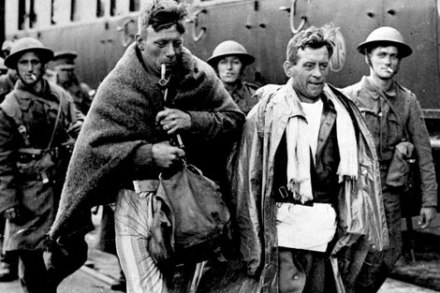
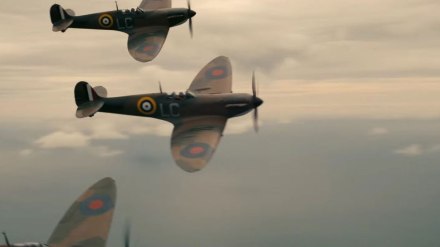
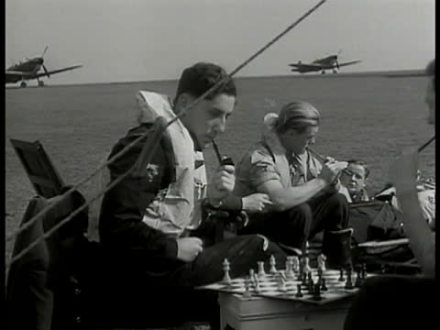
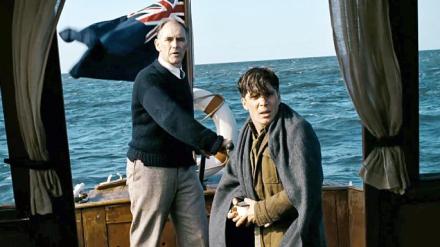

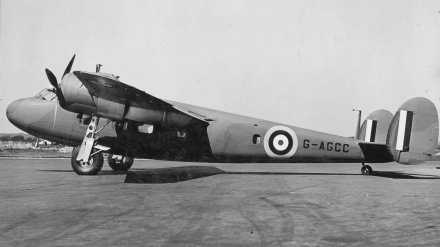
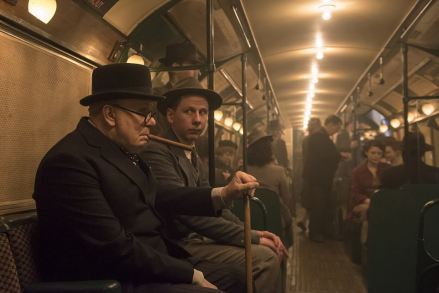
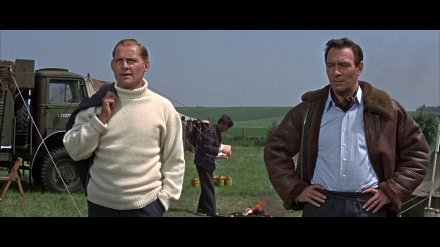



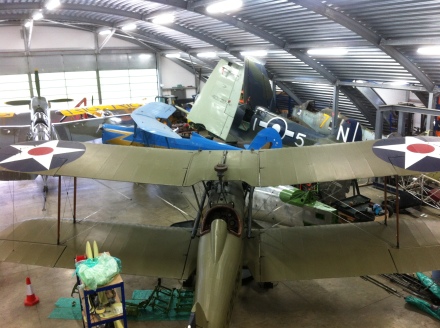
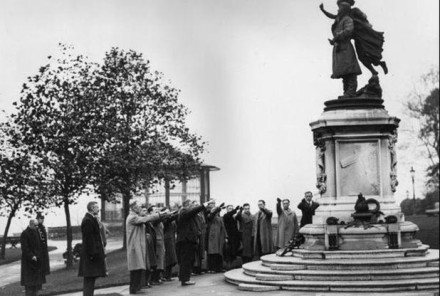
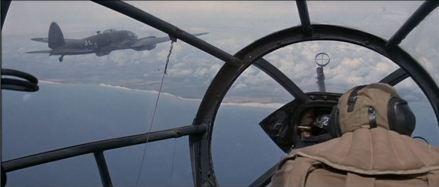
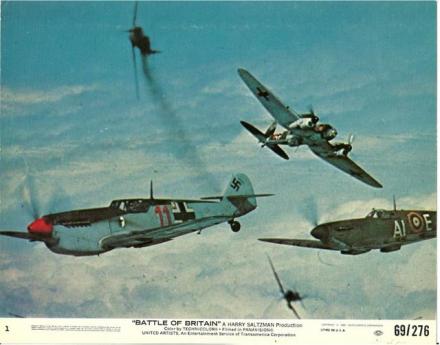
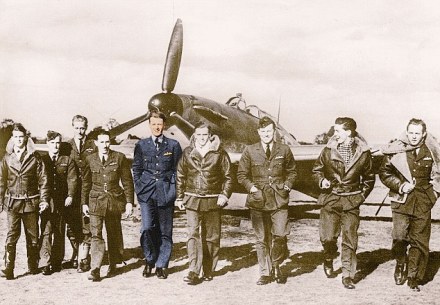
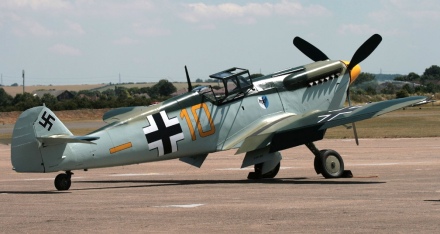




















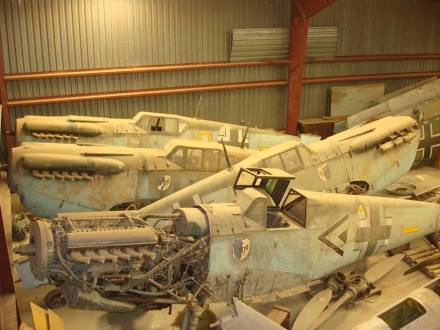
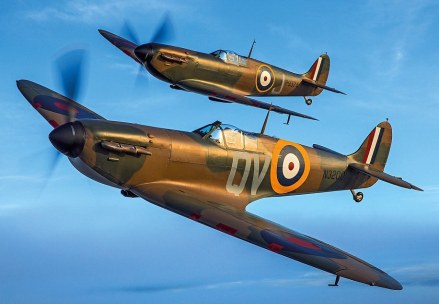
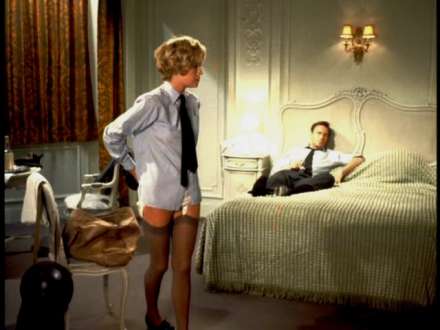

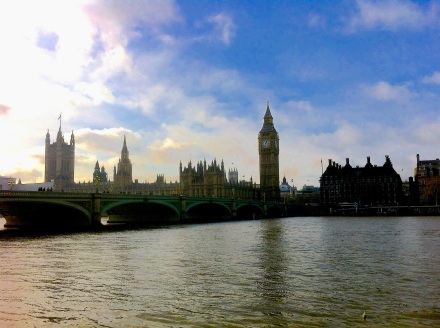
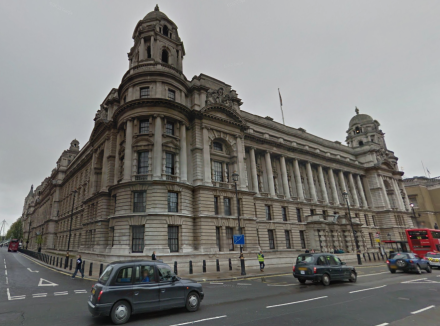
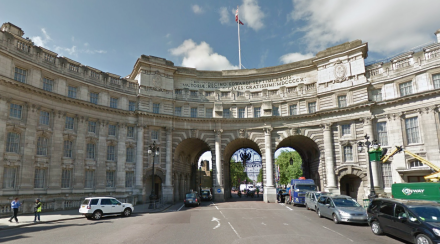
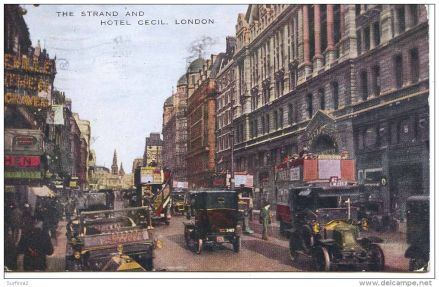
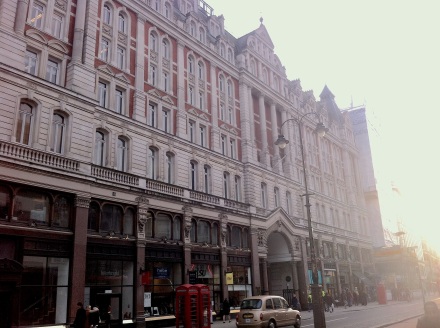
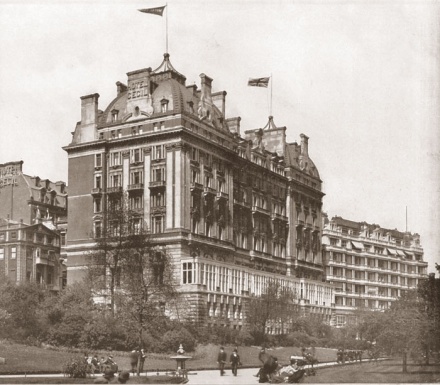
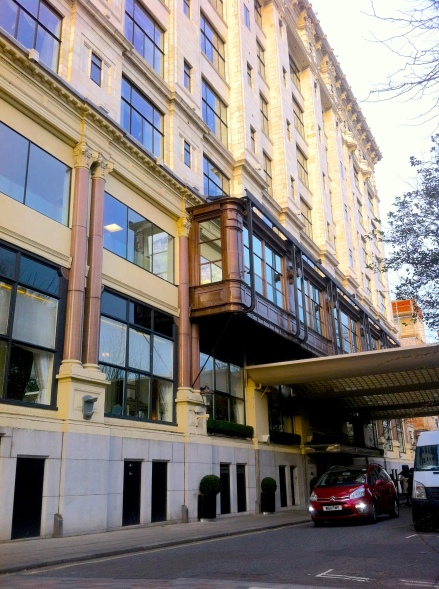
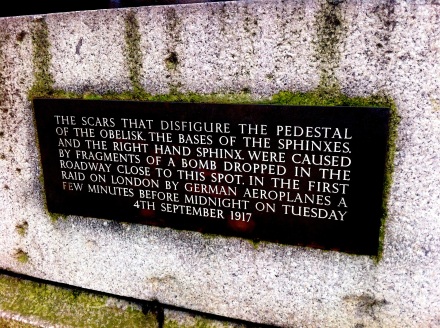
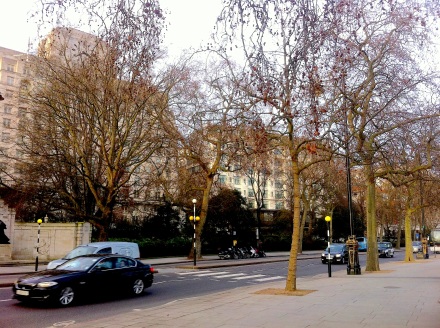
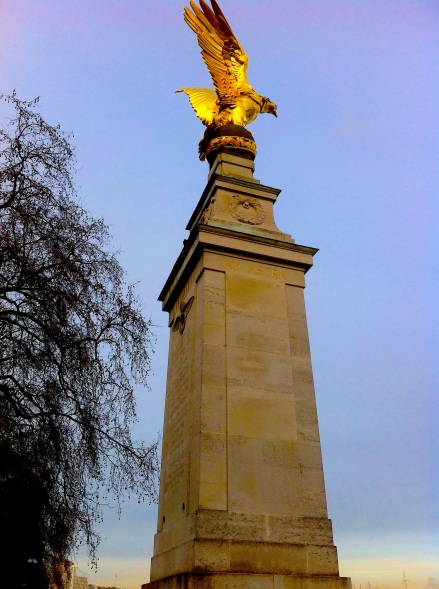
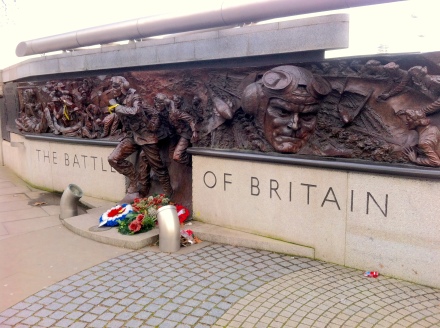
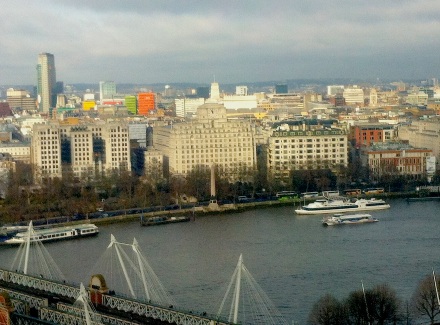








 Bader’s statue at Goodwood anchored the military vehicle area at the 2015 Revival
Bader’s statue at Goodwood anchored the military vehicle area at the 2015 Revival Bader (centre) and the men of 242 Squadron at Duxford, September 1940
Bader (centre) and the men of 242 Squadron at Duxford, September 1940





 General Doolittle (in uniform) visiting Shell’s laboratories in 1945
General Doolittle (in uniform) visiting Shell’s laboratories in 1945 The Shell tanker Pecten, sunk on 20 August 1940 delivering 100-octane fuel to the RAF
The Shell tanker Pecten, sunk on 20 August 1940 delivering 100-octane fuel to the RAF

